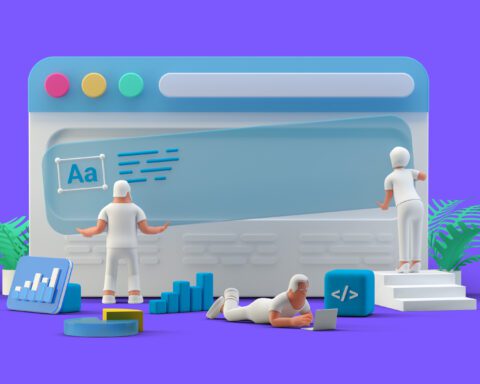As web developers, we navigate a landscape perpetually under transformation. Emerging technologies constantly reshape our understanding of what’s possible. In this GraphQL guide, we’ll explore one such transformative tool – GraphQL – and its impact on how we build APIs.
The Genesis of GraphQL
GraphQL, developed by Facebook in 2012 and subsequently open-sourced in 2015, is a powerful query language for APIs and a runtime for executing those queries with your existing data. Why is it gaining traction? The answer lies in its ability to fetch complex, interlinked data efficiently and effectively.
The GraphQL Advantage
Traditionally, with REST APIs, retrieving related data involves making multiple requests to different endpoints. GraphQL, however, allows for a single request to fetch exactly the data you need. It brings a level of efficiency that’s proving game-changing, especially for data-rich applications.
Setting up a GraphQL Server
Setting up a GraphQL server might seem intimidating initially, but it’s more straightforward than it appears. Here, we’ll focus on a server-side setup using Node.js and Express.
First, we need to install GraphQL using npm:
npm install express express-graphql graphqlThen, we set up an Express server and use the express-graphql middleware.
const express = require('express');
const { graphqlHTTP } = require('express-graphql');
const { buildSchema } = require('graphql');
// Initialize a GraphQL schema
let schema = buildSchema(`
type Query {
message: String
}
`);
// Root resolver
let root = {
message: () => 'Hello World!'
};
// Create an express server and a GraphQL endpoint
let app = express();
app.use('/graphql', graphqlHTTP({
schema: schema,
rootValue: root,
graphiql: true // Enable GraphiQL interface
}));
app.listen(4000, () => console.log('Express GraphQL Server Running at localhost:4000/graphql'));This simple server returns a “Hello World!” message for any request to the /graphql endpoint.
Crafting a GraphQL Query
In GraphQL, crafting a query is intuitive. You merely describe what you want, and GraphQL delivers exactly that. A basic query structure looks like this:
query {
message
}If you run this query on the server we set up, you’ll get the following response:
{
"data": {
"message": "Hello World!"
}
}GraphQL vs. REST: A Comparative Analysis
While REST has long been the gold standard for building APIs, GraphQL brings a potent alternative to the table. Comparing the two technologies, we see distinct advantages in GraphQL’s favor, such as fewer roundtrips to the server and more precise data fetching.
Conclusion
In this GraphQL guide we learned that GraphQL is not just another buzzword – it’s a powerful tool that’s reshaping the way we develop APIs. Embracing GraphQL’s robust and flexible approach to data retrieval is an investment in your career as a web developer. For a deeper dive, consider enrolling in this comprehensive GraphQL course (insert affiliate link).





